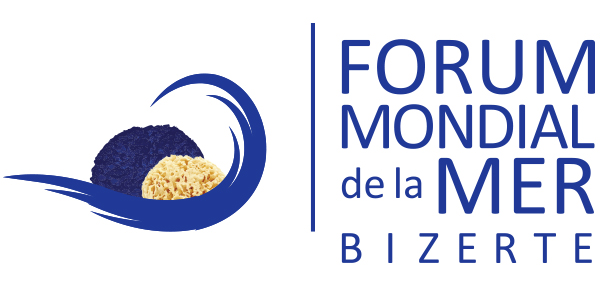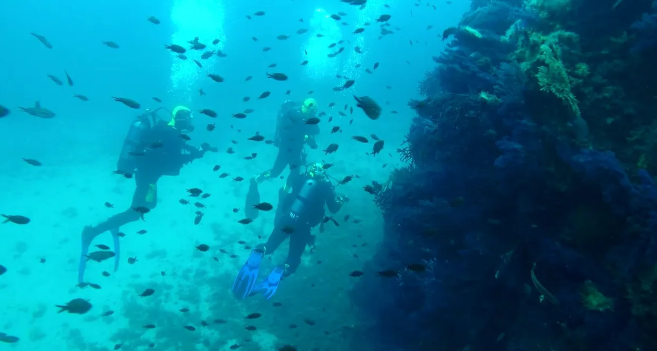Off the coast of South Africa, when fish becomes scarce, Cape penguins and fishing fleets compete for the same resource. A “overlap index” now makes it possible to quantify this phenomenon.
Meanwhile, as some consider using the ocean to remove CO₂ from the atmosphere, a European team has undertaken an assessment of the proposed methods.
Anchovy vs. Penguins: A First Legislative Victory, but the Battle Continues
At the beginning of the year, a court in South Africa’s capital ratified a legal agreement to ban fishing around six Cape penguin breeding sites for 10 years (RFI, March 20, 2025).
But should more be done to try to save this critically endangered species, and if so, how? A study published on November 16 in the Journal of Applied Ecology offers some insights for the protection of Spheniscus demersus, a bird as clumsy on land as it is agile underwater.
Conducted by scientists from the Universities of St Andrews and Exeter (UK), the South African Department of Fisheries and Environment, and the South African branch of BirdLife, the study reveals that penguins are far more likely to feed in waters where commercial fishing vessels operate when fish stocks are low (J.S. Glencross et al., 2025).
“Overlap” Nets
The researchers introduce a new indicator called “overlap intensity”, which not only evaluates areas where penguins and fishing vessels share space but also estimates the number of animals affected by this interaction.
The Cape penguin population has declined by nearly 80% over the past thirty years, primarily due to competition with local fisheries that capture sardines and anchovies—key prey—using purse seine nets, a method that encircles fish schools with a large net.
In 2016, a year marked by low fish biomass, about 20% of penguins fed in the same areas as active fishing vessels. In contrast, in years of higher fish stocks, this figure dropped to around 4%, the scientists note.
The index developed by the team can therefore help assess ecological risks and guide ecosystem-based fisheries management. The results also support the creation of “dynamic” marine protected areas that can adapt in real time to changes in predator and prey behavior.
mCDR: Another Acronym
Like much COP30 jargon in Brazil, acronyms abound: BAM, RINGO, BINGO, NDC… To avoid being lost (“PLS”), it helps to know them. One more is mCDR, which stands for marine Carbon Dioxide Removal, or the removal of dissolved CO₂ from the ocean.
For nearly 18 months, French biogeochemist Olivier Sulpis co-led a team of a dozen European experts to establish standards before deploying ocean CO₂ removal techniques. Their conclusions were published at the Belém summit (European Marine Board, November 17, 2025).
“We do not take a position on whether mCDR methods should be deployed, and the report promotes no particular method: it sets requirements (…) to avoid greenwashing and protect the ocean,” says Olivier Sulpis (CNRS).
Why remove CO₂ from the ocean rather than the atmosphere? Sulpis explains in CNRS Journal that it is effectively the same, because once marine CO₂ is captured, a natural transfer occurs from the atmosphere to the ocean to restore balance.
Methods for Removing Dissolved CO₂
Several approaches exist:
- Sequestering CO₂ as soluble ionic forms such as carbonates and bicarbonates by increasing water alkalinity using minerals (olivine, calcium carbonate, etc.).
- Converting CO₂ into biomass by promoting the growth of algae and plankton or restoring coastal ecosystems.
How Long Can CO₂ Be Stored?
The best-known mCDR method, ocean fertilization, has shown low efficiency after over 20 years of evaluation and carries risks for marine ecosystems.
For biomass-based methods, it is crucial to ensure that organic matter is not rapidly decomposed, which would release CO₂ back into seawater. Ideally, biomass should settle to the ocean floor or be used to produce durable materials or energy.
Until then, the team’s Monitoring, Reporting & Verification (MRV) standards provide a framework to quantify greenhouse gas capture, assess storage duration, and account for uncertainties—a kind of “accounting” for marine CO₂ capture.
Source: GEO



